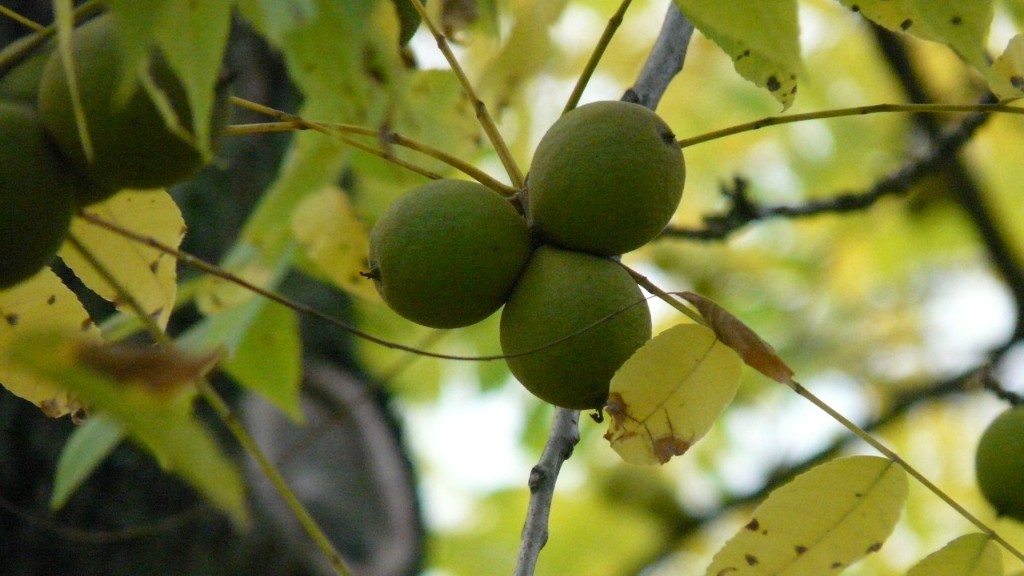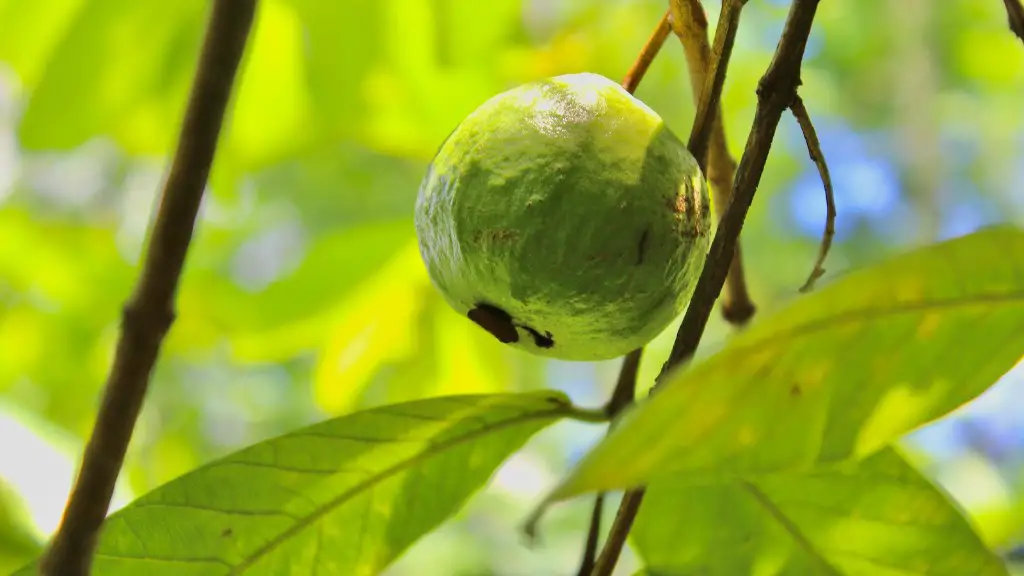Planting an Avocado Tree
Avocados are one of the most popular fruits in the world, enjoyed in salads, guacamole, sandwiches, and various other recipes. A delicious and versatile fruit, avocados have many nutritional benefits, including a high amount of unsaturated fats, fiber, and vitamin E. Avocados contain minerals like copper, magnesium, and potassium, which benefit your body in many ways.
Growing an avocado tree seems like a daunting task, but with the right steps it can be done relatively easily. The first step is to select a tree. There are many varieties of avocado trees available, such as Hass, Fuerte, Bacon, and Reed. Choose a variety that is best suited to your climate and soil type.
Once you have decided on a variety, the next step is to plant the tree. You will need to buy a potting mix appropriate for your tree variety. Plant the tree in the center of the mix and then water it regularly. Place the pot in a warm and sunny location, but be careful not to expose it to direct sunlight.
Caring for an Avocado Tree
Water your avocado tree regularly to keep the soil moist. It is important to not overwater the tree. You can check the soil moisture by sticking a finger about two inches into the soil. If there is still moisture present, you should wait another day or two before adding more water.
Fertilizing your avocado tree is essential for healthy growth. You should use a fertilizer made specifically for avocado trees, as it contains the right amount of nitrogen and other essential nutrients that the tree needs. Apply the fertilizer around the base of the tree every three months.
Pruning your tree should be done as needed, as it promotes healthy growth by removing dead, diseased, or damaged branches. Cut back any branches that appear weak or unhealthy, and only trim about one-third of the total amount of foliage.
Harvesting an Avocado Tree
Avocado trees typically take between four and seven years to reach full maturity, at which point it will produce a significant crop of avocados. The harvest season varies depending on the variety of the tree, but generally begins in July and lasts until October.
When harvesting your avocados, it is important to wait until they are ripe. To check if an avocado is ripe, apply gentle pressure to the outside of the fruit. If it is ripe, it should give ever so slightly. Another way to check if an avocado is ripe is to check the color – avocados ripen from green to a dark green or burgundy depending on the variety.
Common Problems
One common problem experienced with avocado trees is sunburn. This occurs when the tree gets exposed to too much direct sunlight and becomes sunburnt and loses its foliage. To prevent sunburn, it is important to ensure the tree is planted in a spot that receives ample indirect sunlight.
Another common problem experienced with avocado trees is a lack of water. Without enough water, the tree will become drought-stressed and its production of avocados will be reduced significantly. It is important to ensure the soil remains moist and provide the tree with enough water on a regular basis.
Diseases and Pests
A number of diseases and pests can affect the health of an avocado tree. These include the root rot disease caused by a fungus known as Phytophthora cinnamomi, which can cause wilting and yellowing of foliage, as well as leaf curl caused by a virus. Additionally, avocado trees can be affected by pests such as aphids, scales, and whiteflies.
These pests should be treated with an appropriate insecticide as soon as they are noticed. To prevent the spread of diseases, it is important to remove any diseased leaves, stems, or fruits from the tree and its immediate surroundings. Applying copper-based sprays to the foliage can help to prevent the spread of diseases.
Pruning Procedure
The pruning process for avocado trees is relatively straightforward. Pruning should be done on a regular basis in order to encourage healthy growth. When pruning, you should select a branch and make the cut as close to the trunk as possible. Make sure to only remove one-third of the total amount of foliage.
In some cases, pruning may be necessary to control the shape and size of the tree. In this case, choose branches that are too low, growing horizontally, dead, diseased, or weak. Pruning is also done to promote the production of flowers and fruits.
Fruit Thinning
Fruit thinning is an essential step in growing an avocado tree, as it increases the size and quality of the fruits. Thinning should be done when the fruits are still small, typically when they are no more than two inches in size. Remove all fruits that appear small, misshapen, or damaged.
This allows the remaining fruits to grow larger and be of higher quality. It also helps the tree to focus its energy on the remaining fruits, ensuring that they will get the nourishment they need in order to grow.
Pollination
The production of avocados on a tree depends on pollination. While some avocado trees can self-pollinate, it is still important to ensure that there is adequate pollination in order for the tree to produce fruits. You can ensure pollination by planting a bee-friendly garden, or by purchasing a bee hive and placing it near the tree.
If the tree still fails to produce a significant crop of avocados, the cause may be inadequate pollination. You can also hand-pollinate the flowers, although this should only be done when all other methods of pollination have failed.
Conclusion
Growing an avocado tree requires patience, as it can take several years before the tree produces a significant crop of fruits. But, with the right steps and proper care, it is possible to grow an avocado tree that will produce high-quality fruit for many years. The key is to select the right variety for your climate, water the tree regularly, and provide adequate nutrition and protection from pests and diseases. With some patience and care, you can enjoy homegrown avocados from your very own tree.

